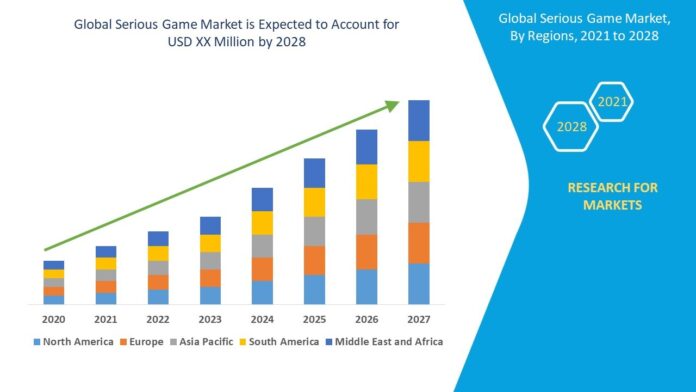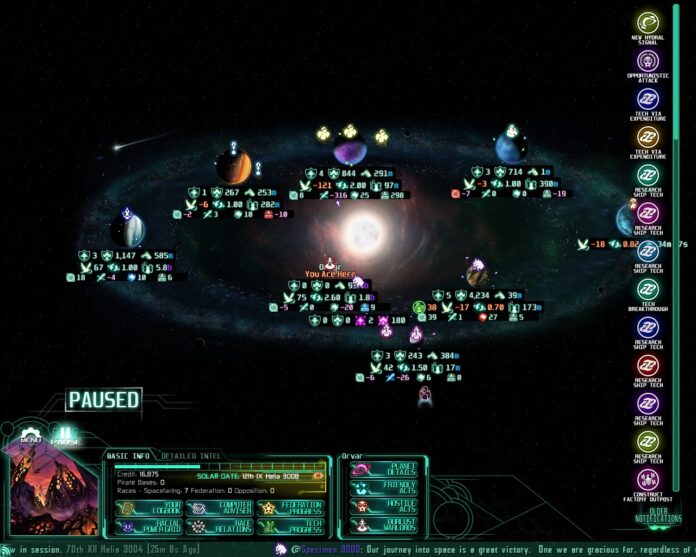The success and overall impact of a game depends on several factors. But it’s not always an easy job to ensure this. Strategically thought-out games with a fundamentally solid market analysis have a better chance to stand the test of time.
Just think about GTA V or Witcher 3. These games have such excellent mechanics, visuals, and controls that they captivate players even after so many years since their launch. And all of it was possible due to the time and effort put into market analysis.
Let’s learn about the strategic considerations that lead to a game’s success, returning players, enjoyability, and appeal.
1. Market Analysis

A game should ideally offer compelling gameplay mechanics—One thing that doesn’t come easy. It should also offer immersive visuals and intuitive controls. These qualities increase player engagement. More often than not, market analysis is the answer to embedding these qualities in a game.
It’s true for all types of games—Whether it’s a desktop game with modern graphics, a vintage console game, a one-tap smartphone game, or the top online casinos A game’s development and design need to be strategic before the game launches to ensure success.
It’s all about understanding the market landscape. Without knowing the market, you can’t call your game development or design efforts strategic in any way.
Developers generally analyze measurable metrics such as competitor performance, market trends, player demands, genre-based historical data, emerging technologies, and so on to identify opportunities. This helps them position their game effectively.
Market analysis plays a pivotal role in player engagement. Actively maintaining player engagement is a job many games fail at simply because their market analysis wasn’t sufficient. These games might be interesting to get into but players don’t stick around for long.
It’s important for game developers to learn from competitors. If you’re making a new bingo game, for example, then you’d need to review all the top games from an aggregator like TheBingoOnline.com.
2. Concept & Approach
Usually, the conceptualization happens before market analysis, but it’s fleshed out significantly afterward. That’s why we’re putting it as step 2
Strategic game development often begins with the conceptualization phase. It’s where the developer cements the game’s core ideas, themes, mechanics, and storyline. Developers take cues from previous games, target audiences, market trends, player preferences, etc. to create a concept that will work.
The market analysis plays an integral role in this step. And once the concept is drafted, it’s time to see how the game can have a player-centric approach while keeping it intact.
A player-centric approach is a prerequisite today. Developers thoroughly research and understand what the gamers want. They strive to learn all about their preferences, motivations, behaviors, and pain points associated with current games.
These needs and desires, when compared and analyzed, lead to better game development and design. They make games that are more engaging and satisfying.
Engagement and satisfaction are pivotal to ensuring that a game succeeds. Many games don’t even see the light of day simply because they are a poorly executed mess or an unoriginal idea.
3. Game Mechanics & Systems

This is the crux of any game. The majority of game programming, level design, 3D work, and even 2D design work is done for the game mechanics and systems. These things define the game for years to come.
The core gameplay experience involves designing and refining the mechanics to make them more engaging and enjoyable. There should be as little friction as possible.
Strategic game development and design include balancing difficulty, creating meaningful choices, designing progression systems, and implementing reward structures that will keep players invested and more importantly, motivated.
Not technically a part of game mechanics, but the UX system of the game also plays a pretty important role. The strategic game design process focuses on designing intuitive user interfaces. A designer’s job here is to ensure that the navigations are clear and the controls responsive, among other things.
4. Improvising
No game is perfect at launch! Iterative development, when games are continuously tested, refined, and improved (mainly based on player feedback and data analysis), is a core component of strategic game development and design.
Developers collect data in the form of player insights. They also conduct playtesting and gather metrics from usage stats. All this helps them find areas for improvement.
Regularly implementing changes that enhance the game’s quality and appeal is one of the most important parts of strategic game development. It ensures long-term success. With today’s game management tools such as Steam, it’s become very easy to roll out seamless updates, security patches, bug fixes, and even big events.
The Significance of User Feedback in Shaping Strategic Game Design

User feedback plays a crucial role in shaping strategic game design, serving as a valuable source of insight and guidance for developers. By actively listening to the feedback provided by players, game designers can gain a deep understanding of their audience’s preferences, needs, and expectations. This information enables them to make informed decisions and implement necessary adjustments to improve the gameplay experience.
It provides valuable insights into gameplay mechanics, level design, difficulty balancing, narrative elements, and overall player satisfaction. It helps identify areas that require refinement or enhancement and can uncover hidden issues that may have been overlooked during development.
Moreover, incorporating user feedback fosters a sense of community and engagement, making players feel heard and valued. By embracing user feedback, game developers can create more enjoyable, immersive, and successful strategic games that resonate with their target audience.
Wrapping Up
We talked about a total of 4 aspects that make up strategic game development and design. Different games might prioritize them differently but creating a game that’s fundamentally enjoyable and thoroughly interesting is critical to retain players. And it’s also difficult.
Game developers and designers have a tough job, that’s for sure. But if a studio gets it right, it’s also a highly rewarding one!









